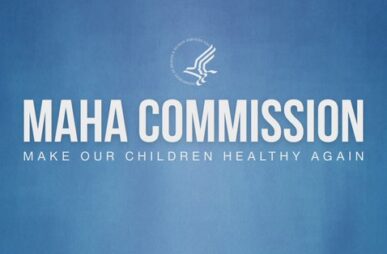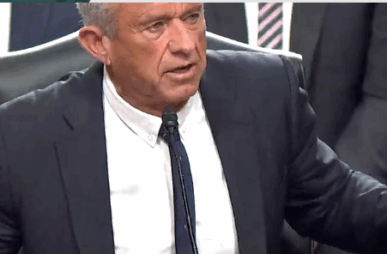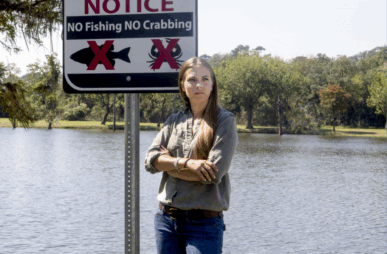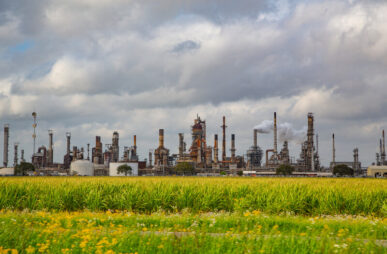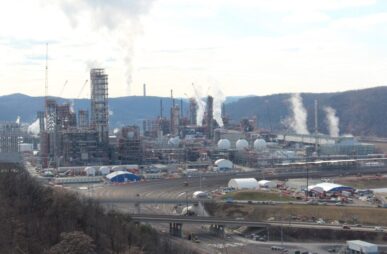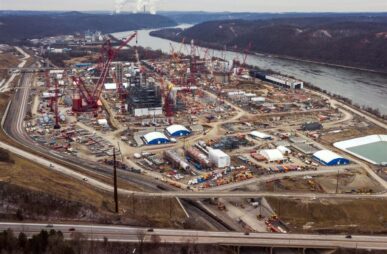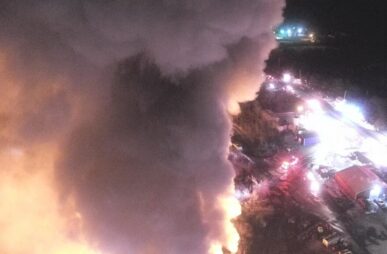EPA has failed us. The MAHA Commission just proved it.
By George Kimbrell
On Sept. 9, the Make America Healthy Again (MAHA) Commission released its long-awaited “Make Our Children Healthy Again” Strategy Report, which was supposed to set policy recommendations that would address the urgent public health crisis caused by our industrial food system. Unfortunately, but perhaps predictably, and as foreshadowed by a leaked draft report in August, at the end of the day the MAHA commission utterly betrayed the grassroots MAHA movement, and anyone else that cares about creating a healthier future for our food, serving up only a few crumbs instead of the healthy new meal promised.
